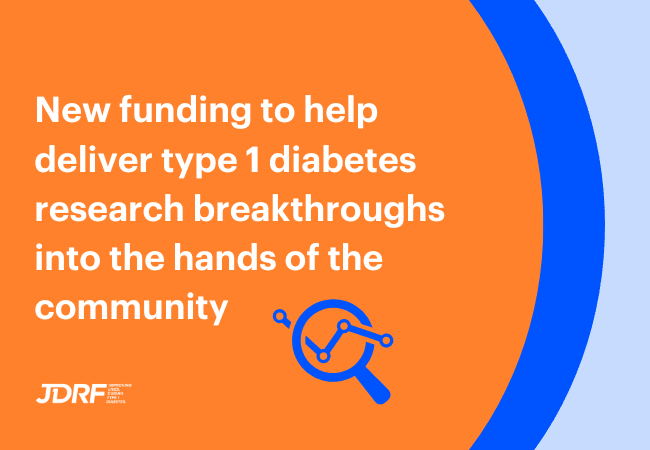Screening for type 1 diabetes is becoming a reality – here’s what you need to know
For many people with type 1 diabetes (T1D), the first signs of the condition are the physical symptoms they experience – being thirsty, losing weight, or needing to urinate more often.
But behind these physical signs, chemical markers may have been present in the blood for months, or even years. These markers – known as islet autoantibodies – present a unique opportunity to screen for early signs of T1D in the general population.
People who have two or more islet autoantibodies, but no physical symptoms, have what is known as stage 1 T1D. Research shows that diagnosing T1D at this early stage may lead to better outcomes, including a much lower risk of serious side effects like diabetic ketoacidosis.
An islet autoantibody screening program is already underway in Australia and New Zealand for people with a relative who has T1D. However, up to 90% of people diagnosed with T1D do not have a first-degree relative with the condition. More general screening programs, that include children without a family history of T1D, are being trialled in both the US and Germany.
Now, JDRF is planning an Australian pilot study to screen children in the general population for islet autoantibodies, as well as genetic factors that may be even earlier indicators of risk. If successful, the pilot could be expanded to a national screening program, where all children in Australia would be tested for T1D risk once they reach a certain age.
Australia has three existing national screening programs – for bowel cancer, breast cancer and cervical cancer. Bowel cancer screening alone is estimated to prevent 59,000 deaths by 2040, if current participation rates continue.
A similar program for T1D could have a huge impact on how the condition is diagnosed, managed, and even prevented. Here are 5 things you need to know about screening for T1D:
1. It could prevent complications
Up to 30% of Australian children experience diabetic ketoacidosis (DKA) – a serious build up of acids in the blood – as their first symptom of T1D. Children who are diagnosed with T1D at an early stage have a much lower risk of experiencing DKA.
2. It may improve the lives of people and families affected by T1D
DKA causes significant stress for families, and research shows that people who experience severe DKA have higher average blood glucose levels in the long term. Preventing DKA may lead to better management for people living with T1D, as well as reducing stress for them and their families.
3. It’s still in the research domain…
Before a national screening program can be implemented, decision makers need to be sure that it will be cost-effective, and that the benefits will outweigh any potential risks. That’s why researchers undertake pilot studies – where screening is offered to a small group of people to see whether the idea is ready to be expanded to the whole population.
4. …but overseas studies are showing promising results
Results from studies underway in the US and Germany have shown that population screening for T1D can be implemented in a safe and accurate way.
5. Ultimately, it could help us prevent T1D
Some of the new medications being tested for prevention of T1D are more effective at an early stage, before the body’s immune cells are too damaged. People who test positive for autoantibodies may be eligible to take part in clinical trials for new medications that aim to delay or prevent T1D.
Read more about islet autoantibody screening here.
To learn more about T1D research developments & clinical trials, you can sign up to become a T1D Game Changer here.




